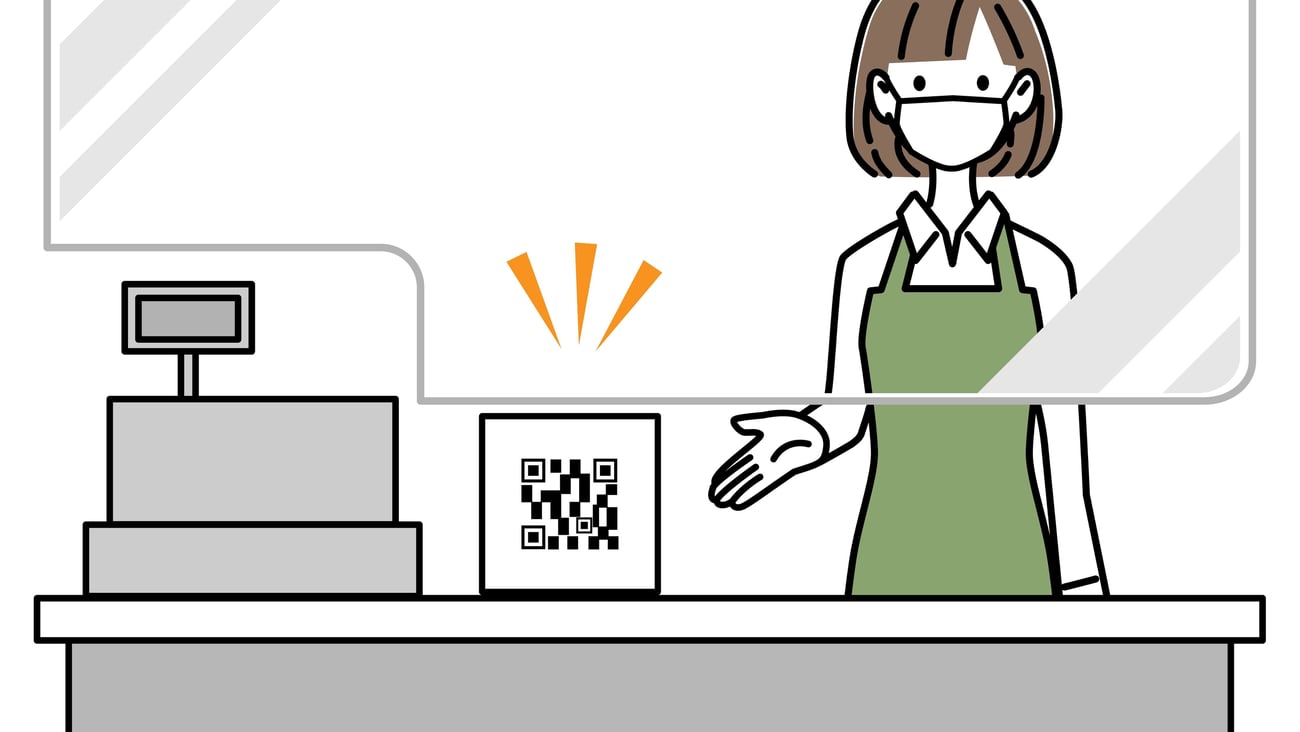Navigating the new frontier: How Ontario convenience stores can successfully integrate beverage alcohol sales
The recent acceleration of beverage alcohol sales in Ontario convenience stores presents both an exciting opportunity and a daunting challenge for store operators. With this new category, many are grappling with questions about what products to carry, how much to stock, and how to integrate these items into their existing retail space. This article will guide you through the essential steps to successfully navigate this new category into your space planning.
Trade area audit
Before diving into stocking decisions, it’s crucial to conduct a thorough trade area audit. Understanding the competitive landscape and customer demographics will inform your stocking strategy. This should focus on other alcohol distributors in the trade area such as thee Beer Store, grocery stores with alcohol, and LCBOs.
How do customers arrive?
Understanding how your customers arrive at your store will significantly impact your product selection and stocking levels.
- Foot traffic: If your store is in a densely populated urban area with high foot traffic, consider stocking smaller, more portable options like ready-to-drink (RTD) beverages. Prioritize products that are easy to carry and consume on-the-go. This also applies to stores that cater heavily to cyclists and public transit riders.
- Car traffic: If most of your customers arrive by car, you have more flexibility in the size and quantity of products you can stock. Larger formats like cases of beer, full-size wine bottles, and multi-packs become viable options. Ensure you have adequate parking and convenient loading areas to accommodate these customers. However, this may also require more storage space.
Ask your customers what they want
Your customers are your best resource for understanding what products to stock. Engage with them directly to gather valuable insights through surveying.
Conduct surveys to ask customers about their preferences:
- What types of beverage alcohol are they interested in?
- Where do you currently purchase your alcohol?
- Do you prefer local craft beers, national brands, or international brands?
We have aided convenience stores in surveying their customers, and it has been an inexpensive and quick way to gain valuable information. Surveys do not have to be expensive and arduous.
Category management
Effective category management is essential to successfully integrating beverage alcohol into your store. Here are key considerations:
- What do you give up to make space for a new category? Adding a new product category means something else may need to go. Analyze your current inventory to identify underperforming categories or products. Consider reducing stock levels of items with low turnover to make room for high-margin alcohol products.
- What percentage of your profits are you forecasting alcohol sales to make up? Develop a sales forecast for your new beverage alcohol category. Use data from your trade area audit and customer surveys to estimate demand. Focus on high-margin products that will contribute significantly to your bottom line. Keep in mind that premium and craft options often offer better margins than mainstream brands.
- Where will you put it? Decide where to place your new alcohol products within the store. Do not simply place it where is easiest, consider the customer journey throughout the store. It will need to be a place that is convenient to grab, while also being able to monitor and reduce theft.
- Collaboration with current vendors. As with many other convenience store operations, you may have agreements with current vendors for placement in store, merchandising/restocking, etc. that will need to be reevaluated. Current vendors may not want to allow you to move their current stock, and this negotiation will need to occur as part of your alcohol sales strategy.
Integrating beverage alcohol into your Ontario convenience store may be a lucrative venture, but it remains to be seen in the province. If approached strategically, it will set you up for success. Start with a thorough trade area audit to understand your competitive landscape and customer demographics. Consider how your customers arrive at your store to inform your product selection and stocking levels. Implement effective category management practices to optimize your inventory and maximize margins. Finally, engage directly with your customers to tailor your offerings to their preferences.
By following these steps, you’ll be well-equipped to navigate this new category and end the year strong. Embrace the opportunity to diversify your product range and meet the evolving needs of your customers. With careful planning and execution, beverage alcohol can become a valuable addition to your convenience store’s offerings.









